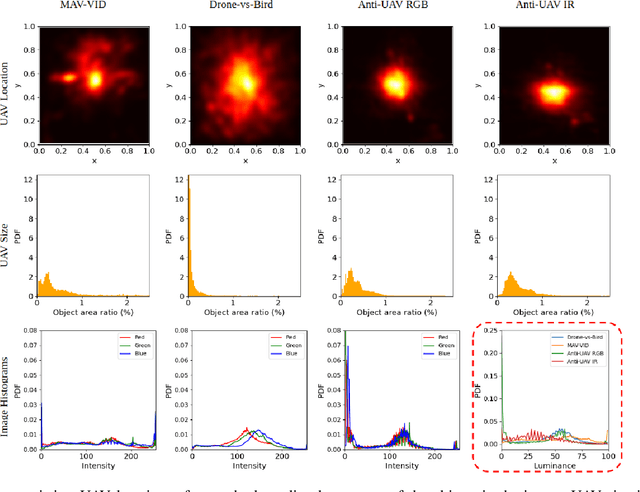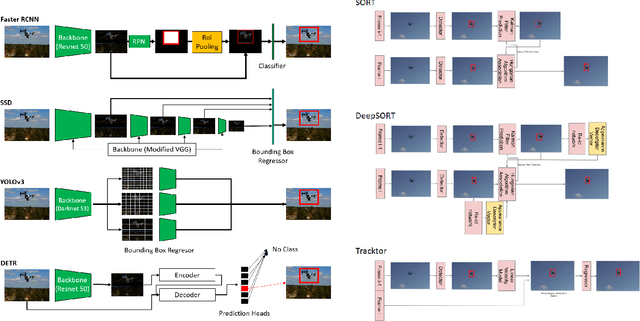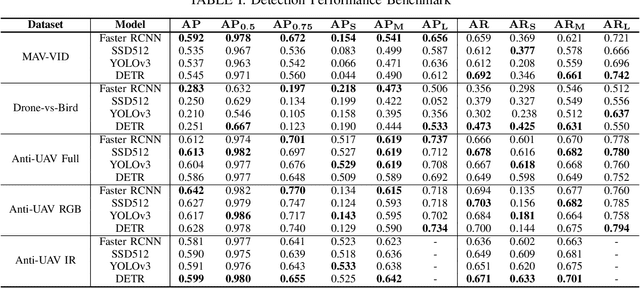Matt Poyser
DDS-NAS: Dynamic Data Selection within Neural Architecture Search via On-line Hard Example Mining applied to Image Classification
Jun 17, 2025Abstract:In order to address the scalability challenge within Neural Architecture Search (NAS), we speed up NAS training via dynamic hard example mining within a curriculum learning framework. By utilizing an autoencoder that enforces an image similarity embedding in latent space, we construct an efficient kd-tree structure to order images by furthest neighbour dissimilarity in a low-dimensional embedding. From a given query image from our subsample dataset, we can identify the most dissimilar image within the global dataset in logarithmic time. Via curriculum learning, we then dynamically re-formulate an unbiased subsample dataset for NAS optimisation, upon which the current NAS solution architecture performs poorly. We show that our DDS-NAS framework speeds up gradient-based NAS strategies by up to 27x without loss in performance. By maximising the contribution of each image sample during training, we reduce the duration of a NAS training cycle and the number of iterations required for convergence.
Does lossy image compression affect racial bias within face recognition?
Aug 16, 2022



Abstract:Yes - This study investigates the impact of commonplace lossy image compression on face recognition algorithms with regard to the racial characteristics of the subject. We adopt a recently proposed racial phenotype-based bias analysis methodology to measure the effect of varying levels of lossy compression across racial phenotype categories. Additionally, we determine the relationship between chroma-subsampling and race-related phenotypes for recognition performance. Prior work investigates the impact of lossy JPEG compression algorithm on contemporary face recognition performance. However, there is a gap in how this impact varies with different race-related inter-sectional groups and the cause of this impact. Via an extensive experimental setup, we demonstrate that common lossy image compression approaches have a more pronounced negative impact on facial recognition performance for specific racial phenotype categories such as darker skin tones (by up to 34.55\%). Furthermore, removing chroma-subsampling during compression improves the false matching rate (up to 15.95\%) across all phenotype categories affected by the compression, including darker skin tones, wide noses, big lips, and monolid eye categories. In addition, we outline the characteristics that may be attributable as the underlying cause of such phenomenon for lossy compression algorithms such as JPEG.
Unmanned Aerial Vehicle Visual Detection and Tracking using Deep Neural Networks: A Performance Benchmark
Mar 29, 2021



Abstract:Unmanned Aerial Vehicles (UAV) can pose a major risk for aviation safety, due to both negligent and malicious use. For this reason, the automated detection and tracking of UAV is a fundamental task in aerial security systems. Common technologies for UAV detection include visible-band and thermal infrared imaging, radio frequency and radar. Recent advances in deep neural networks (DNNs) for image-based object detection open the possibility to use visual information for this detection and tracking task. Furthermore, these detection architectures can be implemented as backbones for visual tracking systems, thereby enabling persistent tracking of UAV incursions. To date, no comprehensive performance benchmark exists that applies DNNs to visible-band imagery for UAV detection and tracking. To this end, three datasets with varied environmental conditions for UAV detection and tracking, comprising a total of 241 videos (331,486 images), are assessed using four detection architectures and three tracking frameworks. The best performing detector architecture obtains an mAP of 98.6% and the best performing tracking framework obtains a MOTA of 96.3%. Cross-modality evaluation is carried out between visible and infrared spectrums, achieving a maximal 82.8% mAP on visible images when training in the infrared modality. These results provide the first public multi-approach benchmark for state-of-the-art deep learning-based methods and give insight into which detection and tracking architectures are effective in the UAV domain.
On the Impact of Lossy Image and Video Compression on the Performance of Deep Convolutional Neural Network Architectures
Jul 28, 2020



Abstract:Recent advances in generalized image understanding have seen a surge in the use of deep convolutional neural networks (CNN) across a broad range of image-based detection, classification and prediction tasks. Whilst the reported performance of these approaches is impressive, this study investigates the hitherto unapproached question of the impact of commonplace image and video compression techniques on the performance of such deep learning architectures. Focusing on the JPEG and H.264 (MPEG-4 AVC) as a representative proxy for contemporary lossy image/video compression techniques that are in common use within network-connected image/video devices and infrastructure, we examine the impact on performance across five discrete tasks: human pose estimation, semantic segmentation, object detection, action recognition, and monocular depth estimation. As such, within this study we include a variety of network architectures and domains spanning end-to-end convolution, encoder-decoder, region-based CNN (R-CNN), dual-stream, and generative adversarial networks (GAN). Our results show a non-linear and non-uniform relationship between network performance and the level of lossy compression applied. Notably, performance decreases significantly below a JPEG quality (quantization) level of 15% and a H.264 Constant Rate Factor (CRF) of 40. However, retraining said architectures on pre-compressed imagery conversely recovers network performance by up to 78.4% in some cases. Furthermore, there is a correlation between architectures employing an encoder-decoder pipeline and those that demonstrate resilience to lossy image compression. The characteristics of the relationship between input compression to output task performance can be used to inform design decisions within future image/video devices and infrastructure.
 Add to Chrome
Add to Chrome Add to Firefox
Add to Firefox Add to Edge
Add to Edge